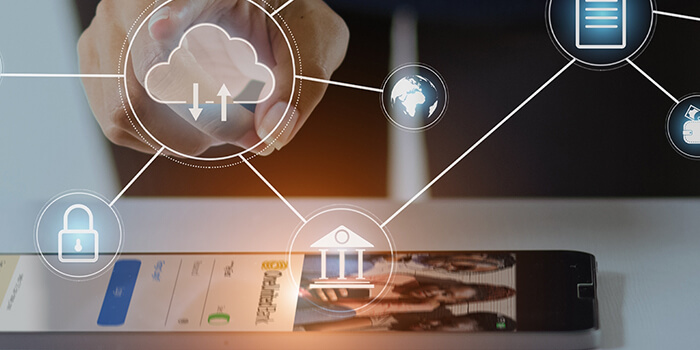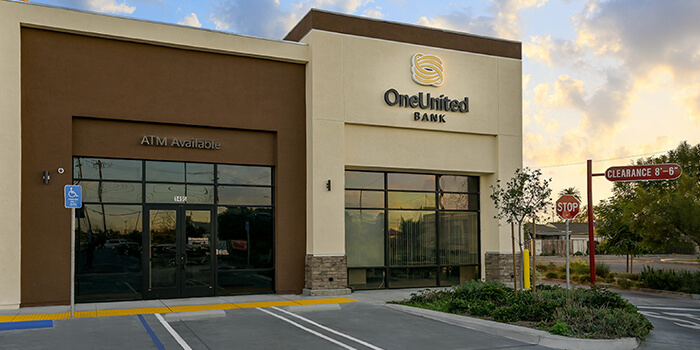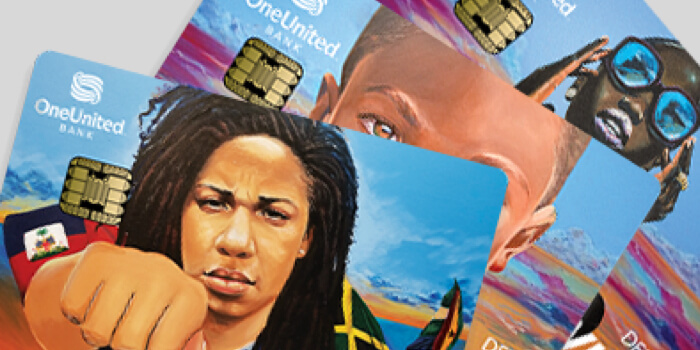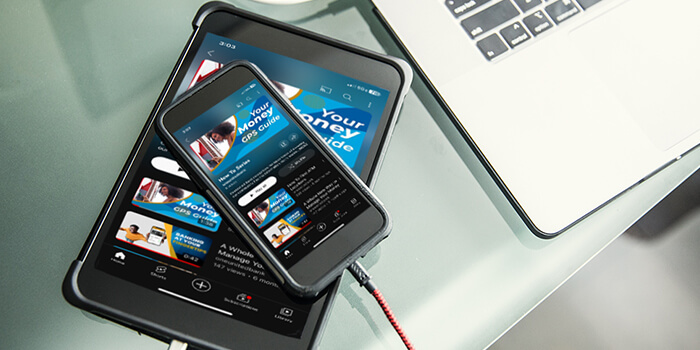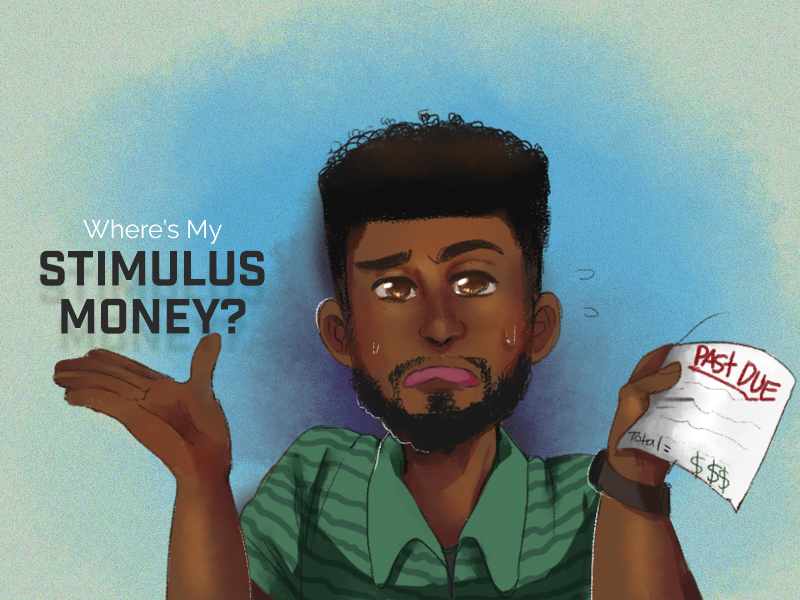The IRS has already started sending out economic stimulus payments authorized by the Coronavirus Aid, Relief, and Economic Security (CARES) Act. Yes, many of us have received our stimulus money, but not everyone. What if you didn’t? Where’s your stimulus money?
Here are four possible answers:
- Your direct deposit stimulus payment is in the next round.
If you signed up for direct deposit of a refund on your 2018 or 2019 tax return, then the IRS has all the information it needs to pay you electronically. Banks are continuing to receive direct deposit stimulus payments from the IRS. At OneUnited Bank, for customers who participate in Early Pay, we are providing these funds two days early. You may receive your stimulus money in the next round.
- You changed banks.
Many banks are receiving “ACH Rejects” because customers have closed their account since they receive their last tax refund. Banks research their customer database to find a different account for the customer, like a savings account, to help them receive their funds immediately. However, if another account cannot be found, banks MUST return the deposit to the IRS. The IRS will then send you a paper check.
- You used a tax preparation service.
As reported in ProPublica, many tax preparation services such as H&R Block and Citi Tax, require you have the funds initially deposited into their account then have a final destination account which is your account. The IRS, which has both account numbers, may have sent your stimulus money to your tax preparer’s account. You may need to contact your tax preparer.
- You have no bank account on file.
If you did not receive a tax refund through direct deposit, you may not have a bank account on file with the IRS. Your stimulus check will be mailed to you. According to a recent Yahoo Finance article “When Will I Get My Stimulus Check?”, the timing of check mailing varies by income, with higher income earners receiving their checks later.
April for $0 to $10,000
May for $10,001 to $60,000
June for $60,001 to $100,000
July for $100,001 to $150,000
August for $150,001 to $190,000
September for $190,001 and more
The IRS has an online “Get My Payment” tool where you can check your payment status, confirm your payment type (direct deposit or paper check), and enter your bank account information for direct deposit if the IRS doesn’t already have that information and they haven’t sent your payment yet.



